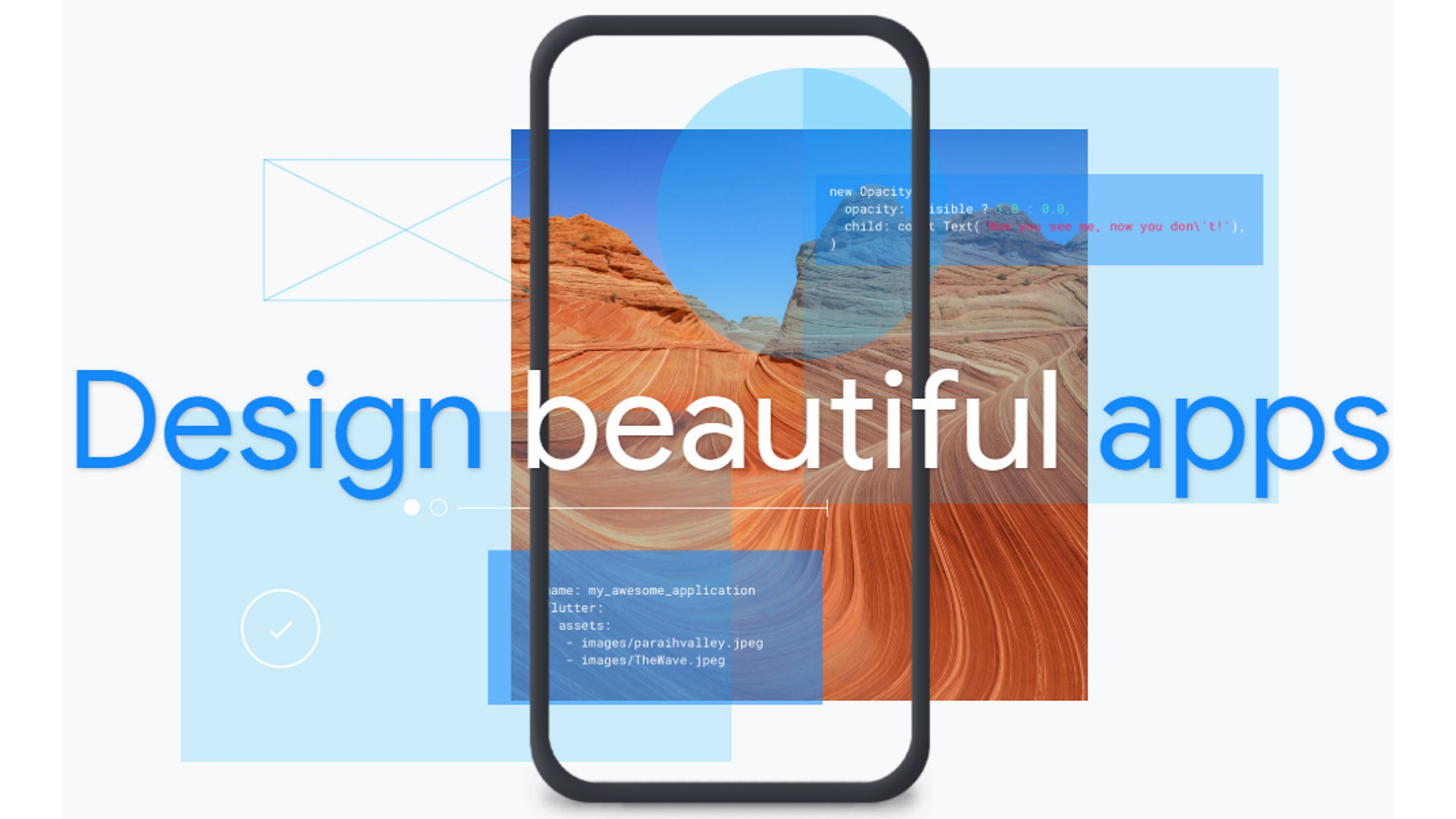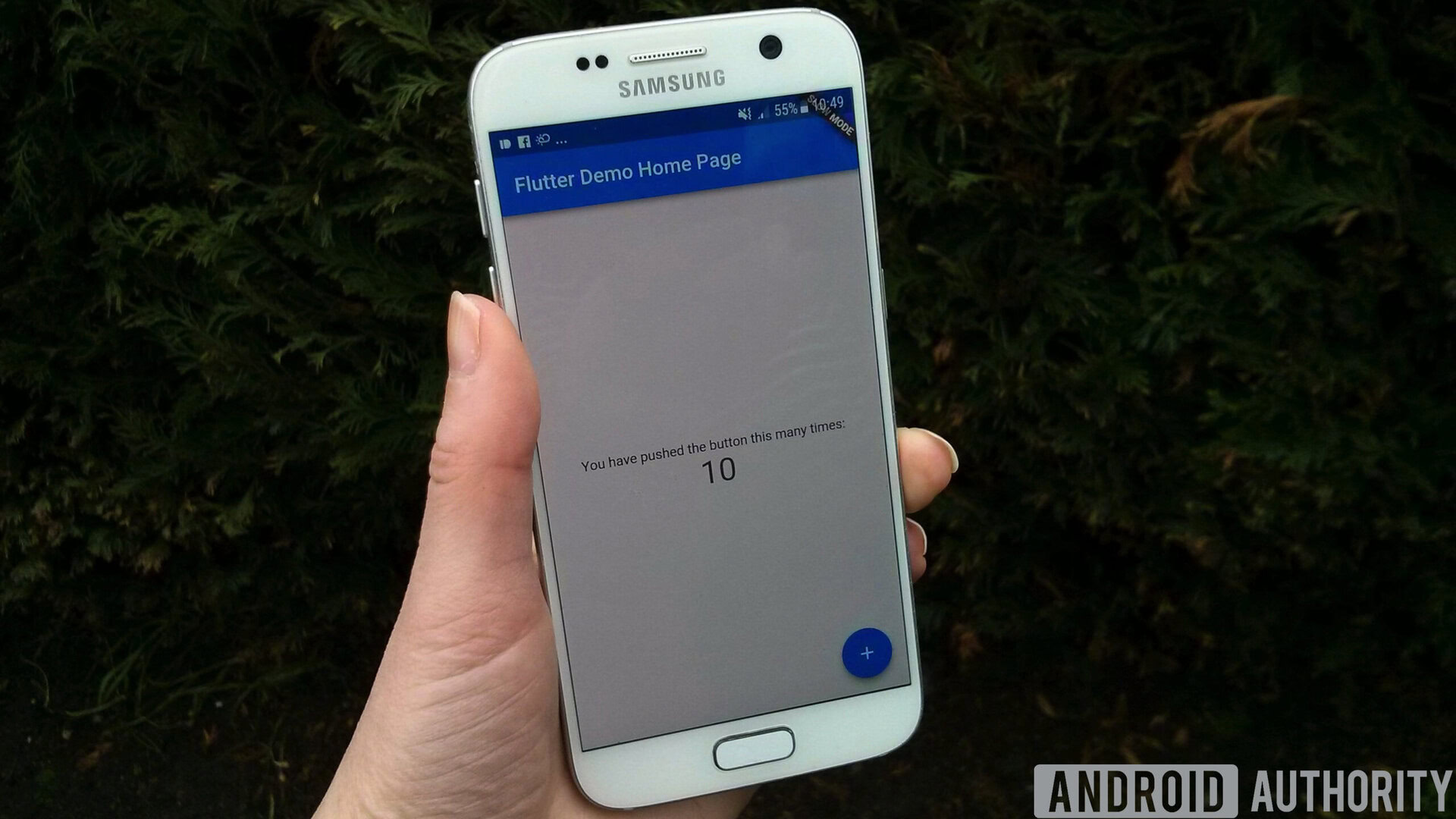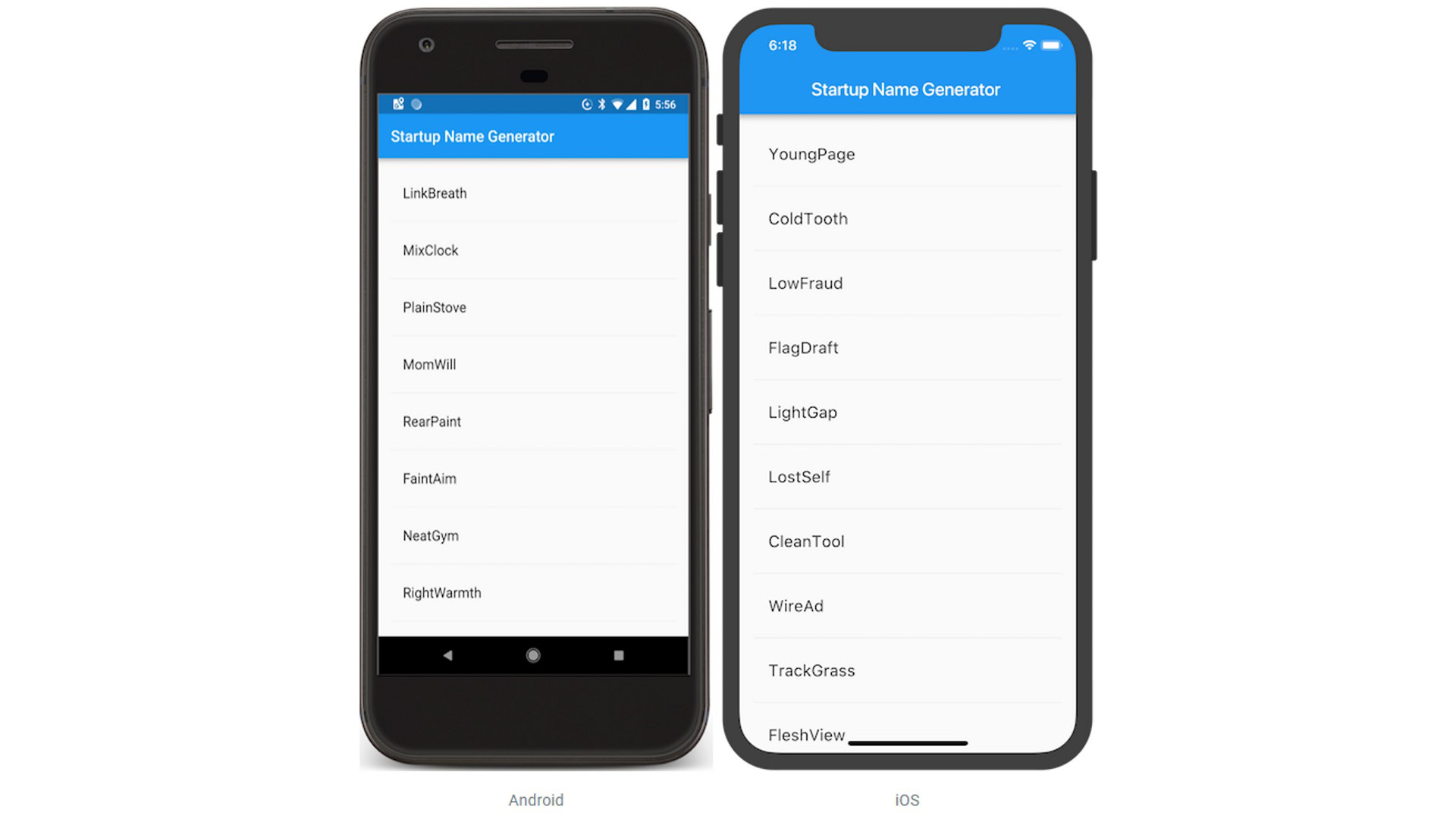Affiliate links on Android Authority may earn us a commission. Learn more.
Flutter 1.0 released: The first stable release of Google's mobile UI toolkit
Published onDecember 4, 2018

Google has announced that Flutter, its mobile UI toolkit, has reached an important milestone, the all-important version 1.0 release. The new release means Flutter is now considered as “stable” and ready for production. With it, developers can create native apps for both Android and iOS from a single codebase. In other words, you write one app and get two versions!
Some consumers opt for Android devices and some for iOS devices, but in reality, developers need to target both platforms to reach as many users as possible. Using the standard developer tools like Android Studio or Xcode, this means having two versions of the app, one written in Java/Kotlin, the other in Objective-C/Swift. But now with Flutter, Google is proposing a cross-platform solution which includes hardware-accelerated graphics and UI, along with native ARM code, for both Android and iOS.
Having said all that, Google isn’t trying to promote Flutter as a replacement for Java/Kotlin or for Apple’s development languages. Instead, Google sees Flutter as a complementary tool, as an app engine that can either be embedded into an existing app or used standalone.
What is Flutter?

It is a free and open source development toolkit based on the Dart programming language. Dart is likewise a free and open source general-purpose programming language developed by Google. For web developers, Dart is also interesting because it can be compiled to Javascript and therefore run in a web browser. While there is a downside to having to learn yet another programming language, Dart should be familiar to anyone with existing developer experience due to its clear and concise syntax. Google says that if you already know C++, C#, or Java, then you can be productive with Dart in just a few days.
Here is a short Dart program which prints “hello” 5 times along with the iteration number:
void main() {
for (int i = 0; i < 5; i++) {
print('hello ${i + 1}');
}
}
Why Flutter?
Besides being cross-platform, Flutter has several important features that should appeal to developers including hot reload, a rich catalog of widgets, and native performance.
- Hot reload helps developers quickly experiment with UIs, and add features. With it, they can see their code changes in under a second without losing state, on emulators, simulators, and hardware for iOS and Android.
- Flutter has a large set of built-in Material Design and iOS widgets, which include rich motion APIs and smooth natural scrolling.
- Because Flutter compiles to ARM machine code, apps benefit from full native performance on both iOS and Android.
More choice = happier developers
Internally, Google says Flutter is being used for a wide range of products, including Google Ads, which already switched to Flutter for its iOS and Android app. Prior to Flutter 1.0 being released, a wide range of customers already started developing and shipping apps with Flutter including Abbey Road Studios, Alibaba, Capital One, Groupon, Hamilton, JD.com, Philips Hue, Reflectly, and Tencent.
Overall, more choice is better for developers and consumers, and cross-platform development saves time and money. You can download Flutter 1.0 from https://flutter.io, where you can also find documentation for developers transitioning from other frameworks, code labs, a cookbook of common samples, and technical videos.